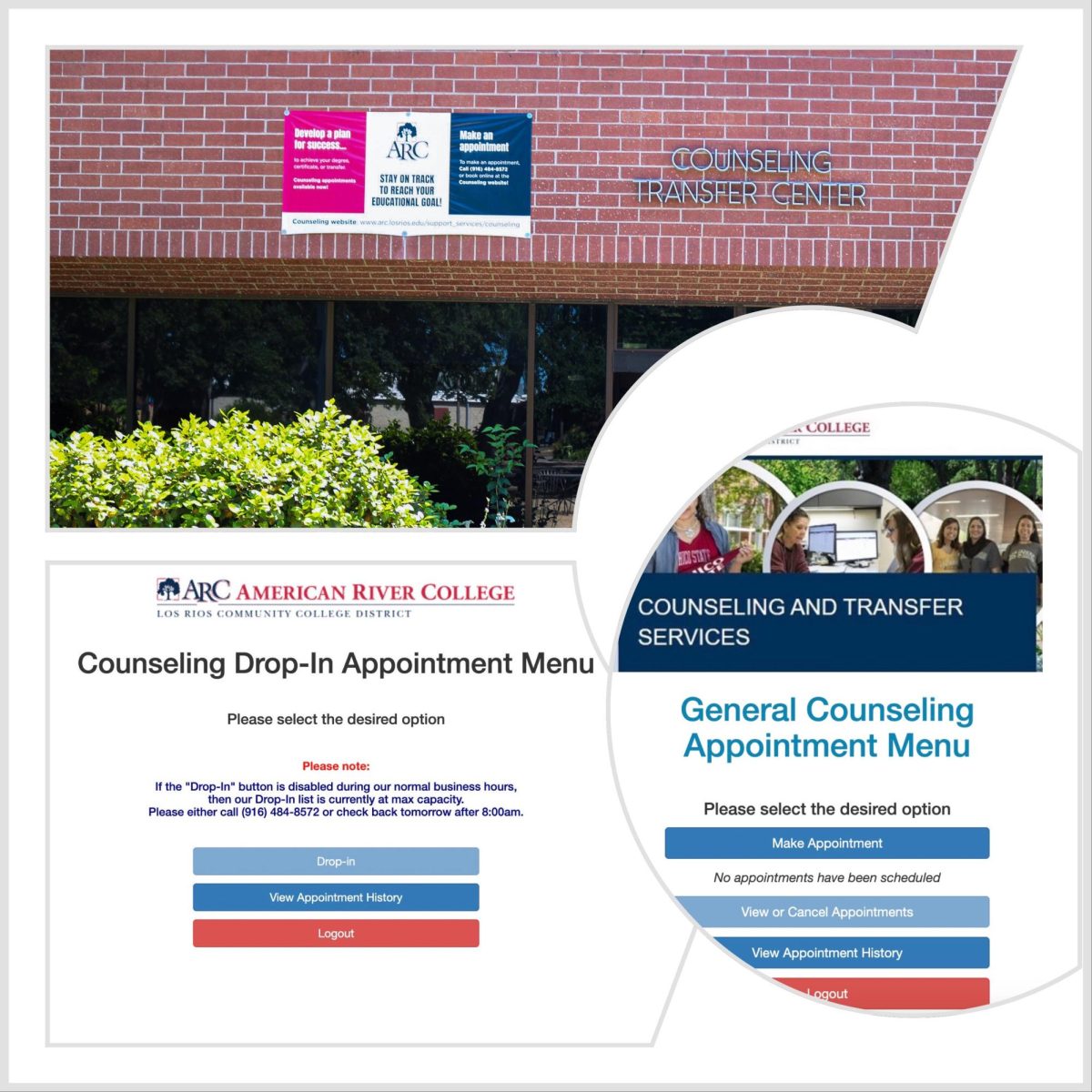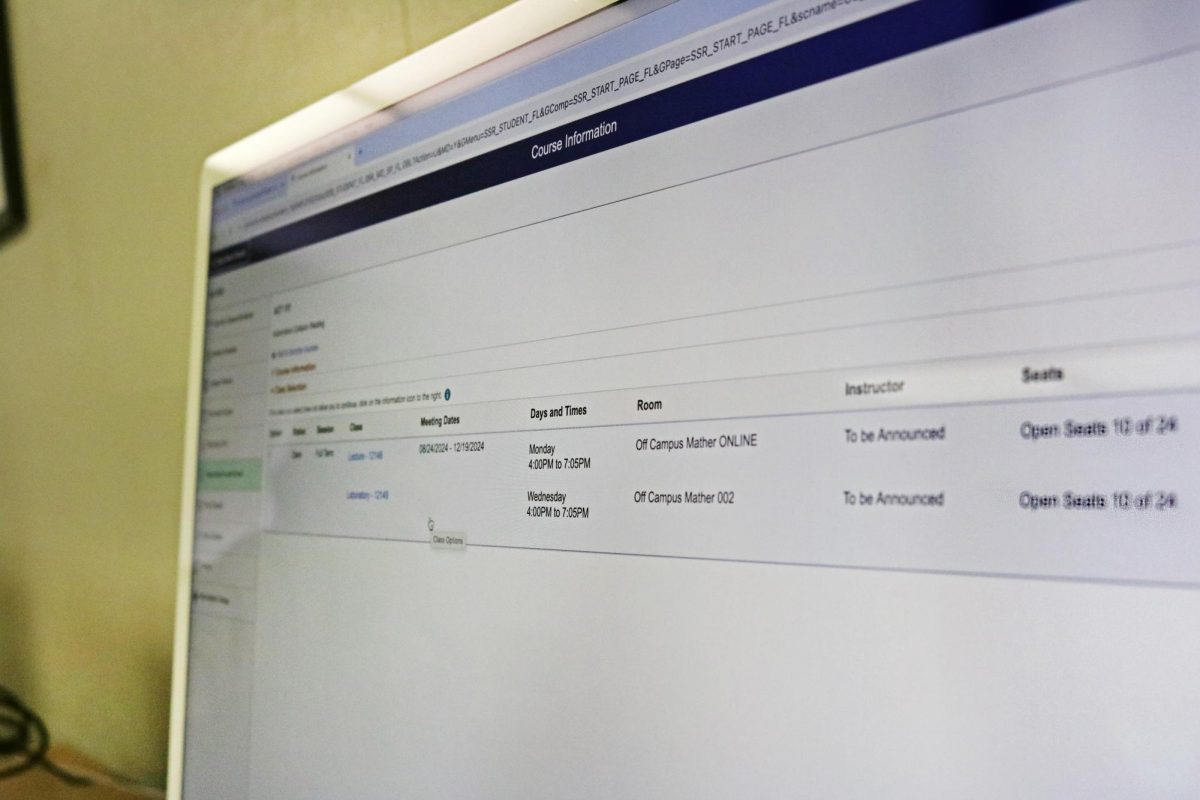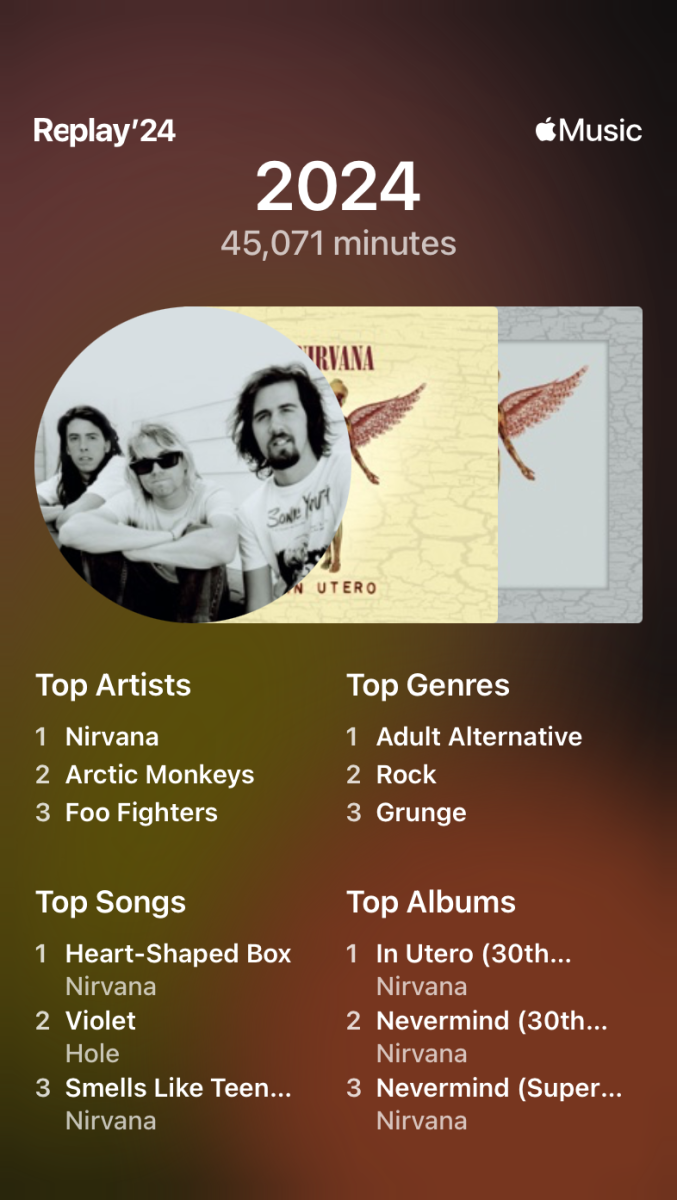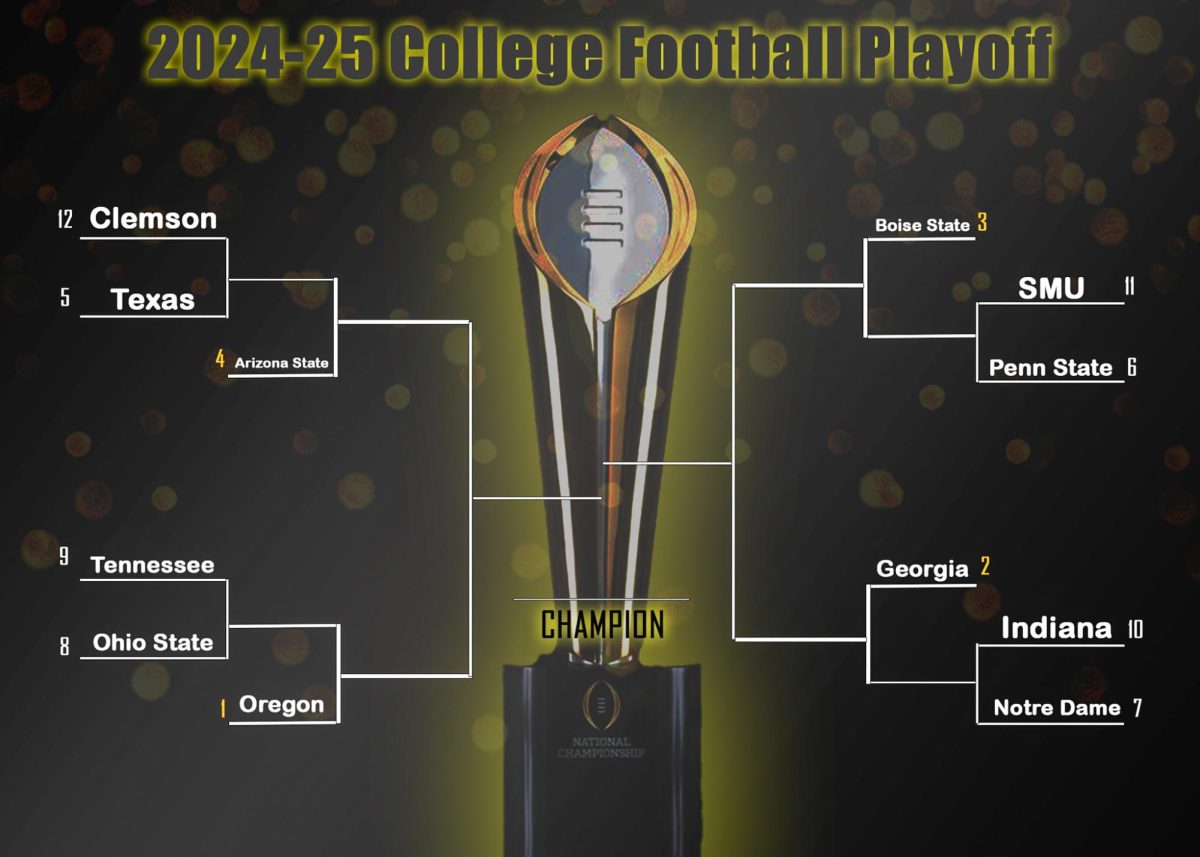With the passage and implementation of the Affordable Care Act (ACA), or Obamacare, many students at American River College are now allowed to stay on their parent’s health care plans until they reach the age of 26, and others are able to buy insurance through the marketplaces in their states.
But “nearly 80 (percent) of those under 30 had heard little to nothing about the marketplace,” according to a Kaiser Family Foundation Health Tracking Poll.
For the health care program to work, according to a report by MSNBC, “the president needs 40% of enrollees to be under 35 years old.”
Otherwise, there won’t be enough young and, presumably, healthy premium-paying participants in the program to provide the funds necessary to pay for the older and again, presumably, sicker participants.
The Washington Post reported, “If enough young people decide not to buy insurance through state or federal marketplaces, it could throw off the market’s equilibrium and cause insurance rates to rise dramatically the following year.”
President Obama said during a Wall Street Journal CEO Council meeting in November that the administration was going to have to “re-market and rebrand” the ACA after the debacle with the exchanges website.
And rebrand it did.
Some individual states’ ads are heavily geared toward the young and active, and often show college-aged young adults participating in typical college-aged activities.
Like the credit card companies that used to blanket college campuses and hand out water bottles as incentives to students to open an account, the government needs your monthly minimum payment.
And like a credit card, health insurance through the exchanges could either be just the thing a student needs to finally get the health care he or she needs or something he or she felt duped into signing up for.
The point is: Obamacare may be one of many options available to a college student or it may be his or her only option. Don’t be bullied one way or the other. Educate yourselves and choose wisely.
ARC is hosting Q&A workshops presented by Covered California, the state’s health insurance exchange, where students can get clarification on any questions that they may have regarding the national health care coverage plans.
Students can also visit the health center and the health center website to get additional information about the ACA and other insurance plans, including those offered by United Healthcare through ARC.



















